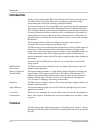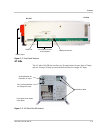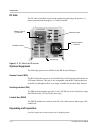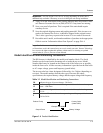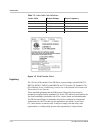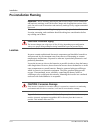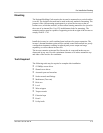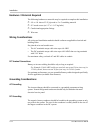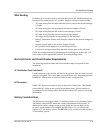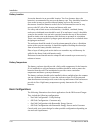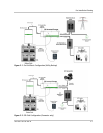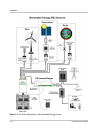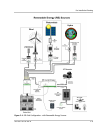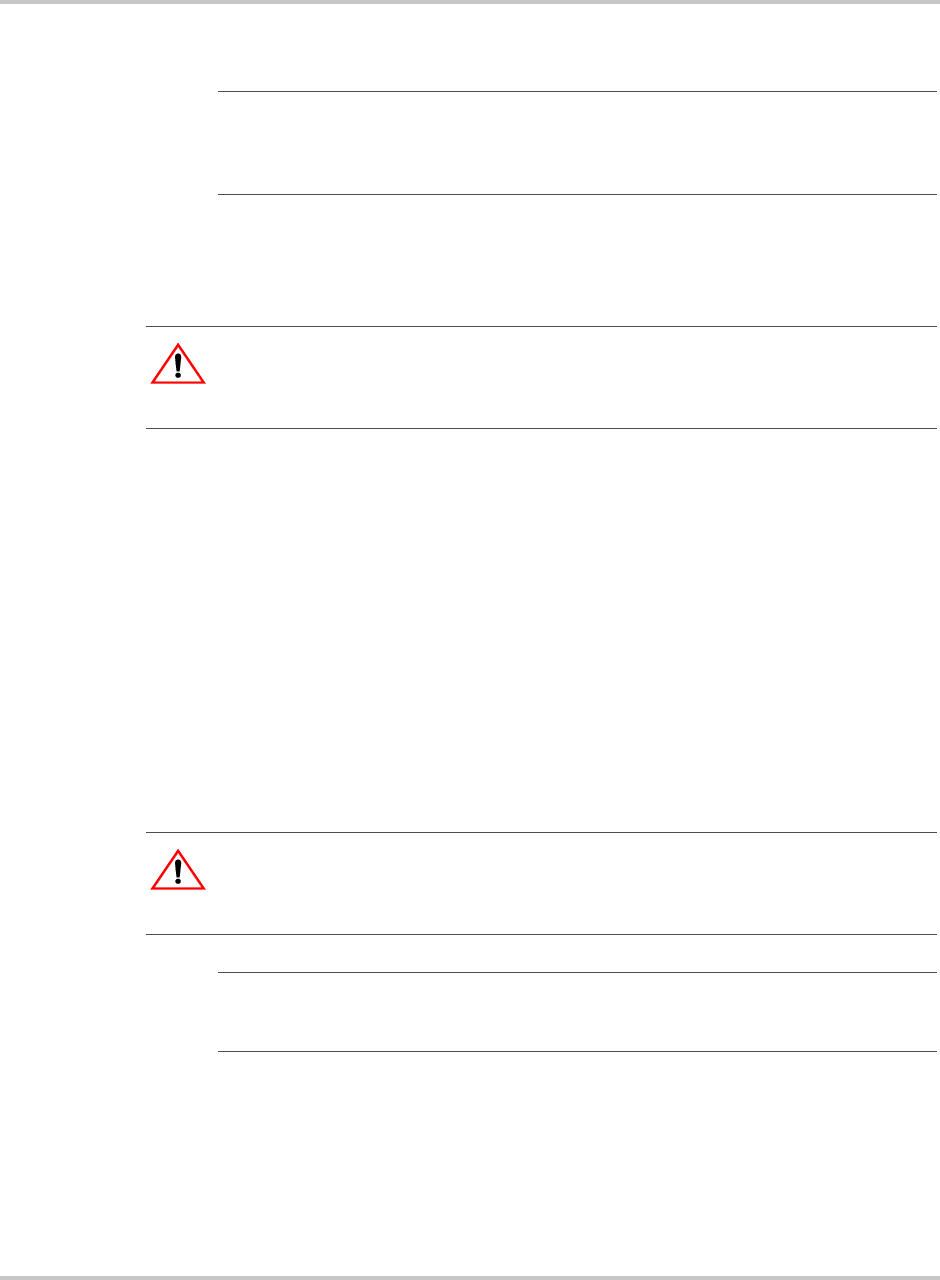
Installation
2–2 975-0012-01-02 Rev A
Pre-installation Planning
Take some time prior to installing the equipment to pre-plan the installation.
Location, mounting, and ventilation should be taking into consideration before
any cabling can be done.
Location
Inverters contain sophisticated electronic components and should be located in a
well protected, dry environment away from sources of fluctuating or extreme
temperatures and moisture. Exposure to saltwater is particularly destructive and
potentially hazardous.
Locate the inverter as close to the batteries as possible in order to keep the battery
cable length short. However, do not locate the inverter above the batteries or in the
same compartment as vented batteries. Batteries generate hydrogen sulfide gas
which is corrosive to electronic equipment. They also generate hydrogen and
oxygen. If accumulated, an arc caused by connecting the battery cables or
switching a relay could ignite this mixture. Mounting the inverter in a ventilated
enclosure with sealed batteries is acceptable.
Important:
Before installing and using the DR Inverter/Charger, read all instructions
and cautionary markings on the DR Inverter/Charger and all appropriate sections of this
guide. Be sure to read all instructions and cautionary markings for any equipment attached
to this unit.
CAUTION: Personal Injury
The inverter/charger can weigh up to 45 lbs (20.4 kg) depending upon configuration.
Always use proper lifting techniques during installation to prevent personal injury.
CAUTION: Corrosion Damage
If the inverter is installed in a location where it is exposed to a corrosive or condensing
environment and fails due to corrosion, it will not be covered under warranty.
Important:
Inverters can generate RFI (Radio Frequency Interference). Locate any
sensitive electronic equipment susceptible to RFI as far away from the inverter as
possible. This includes radios and TVs.





